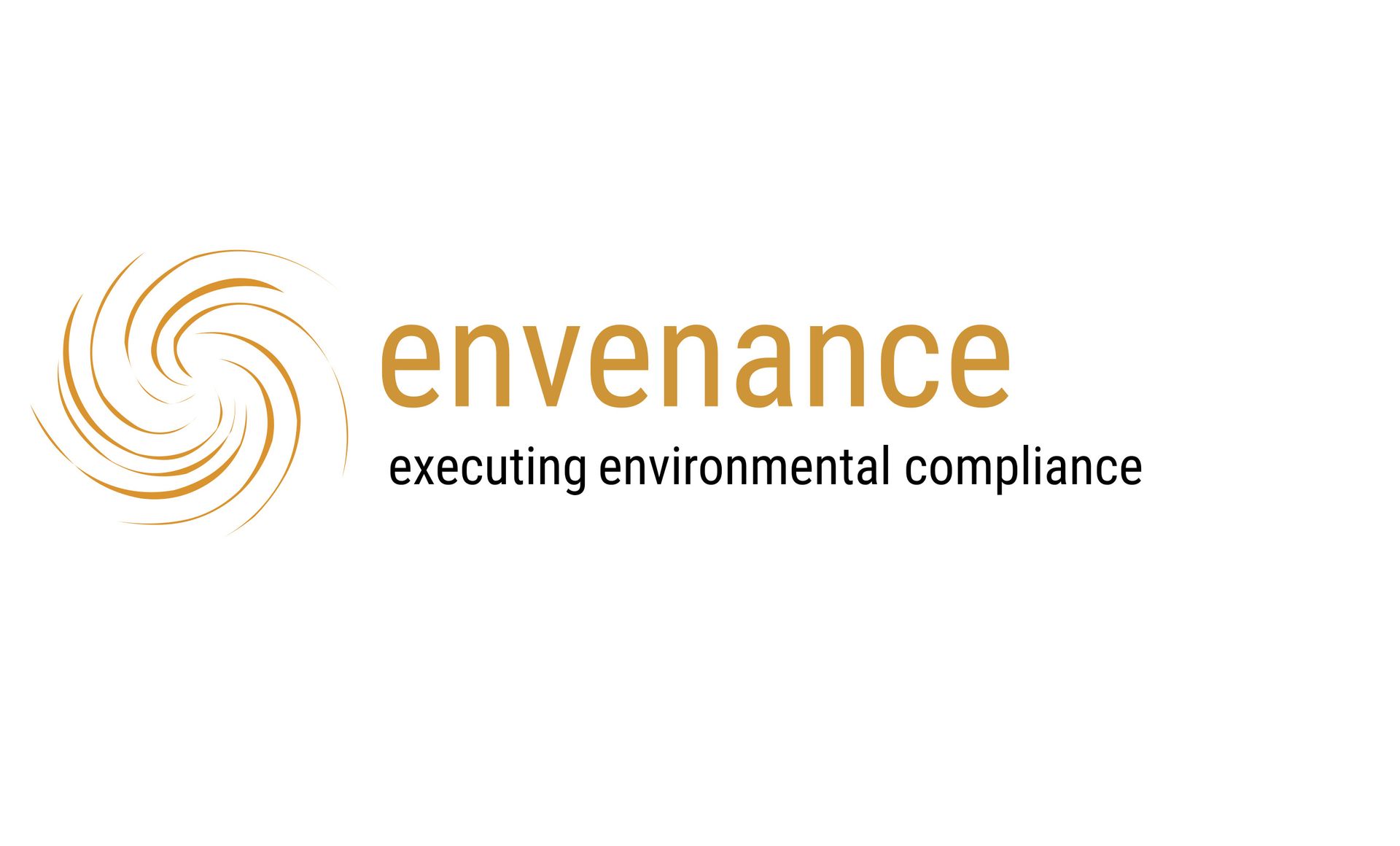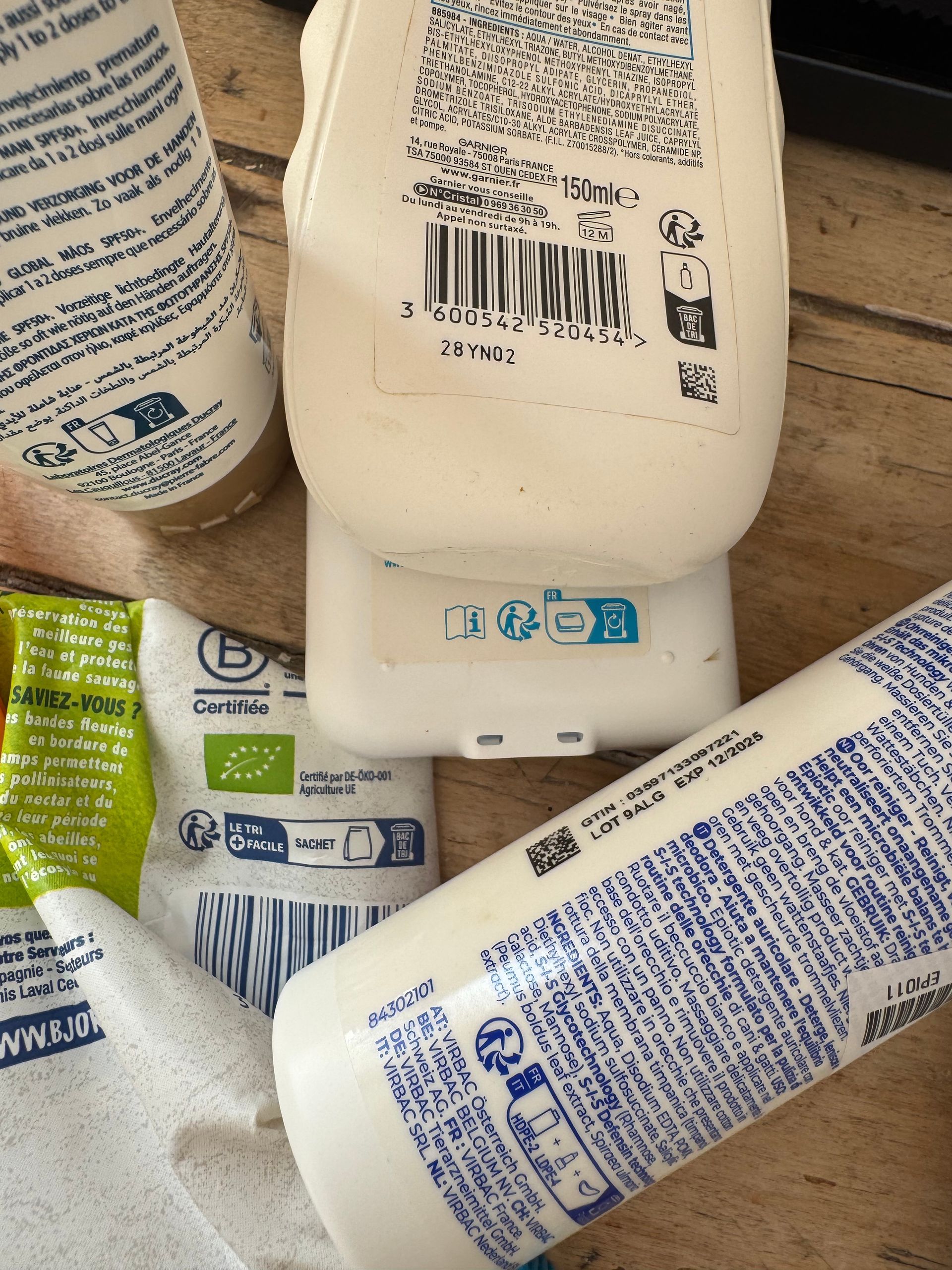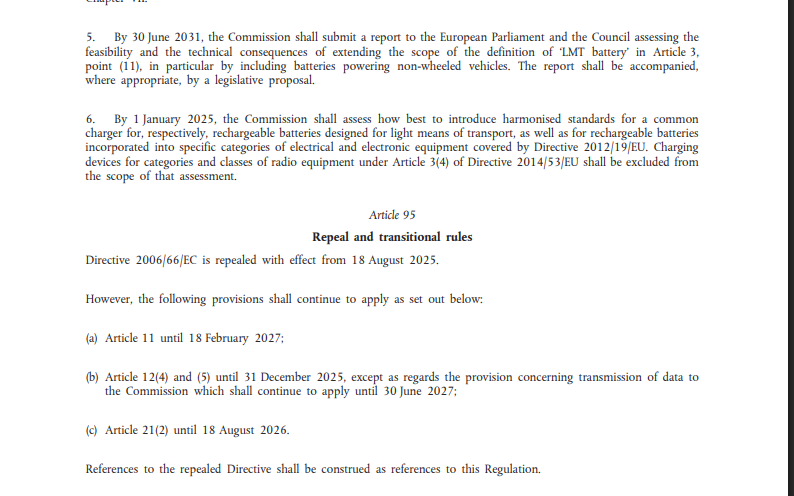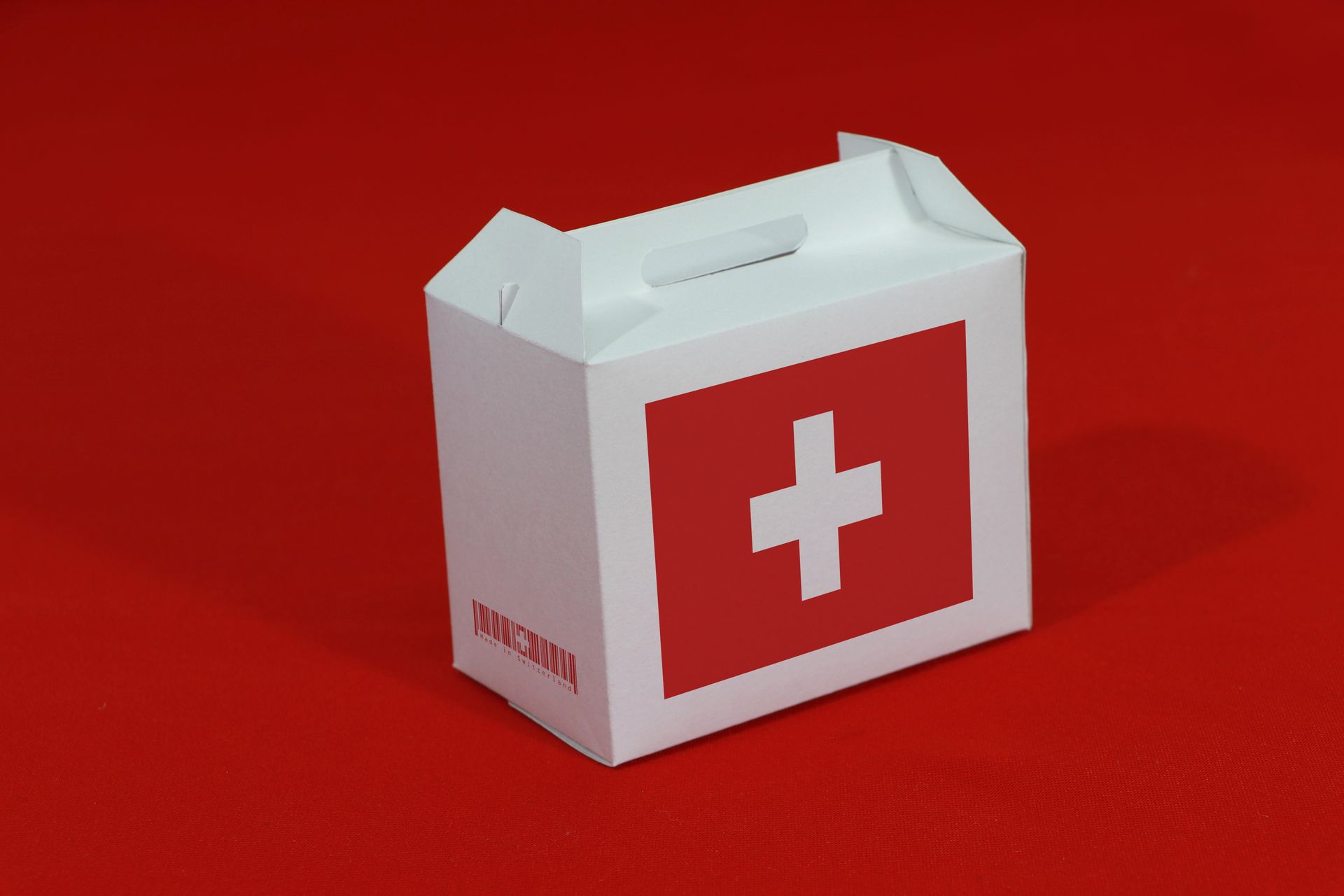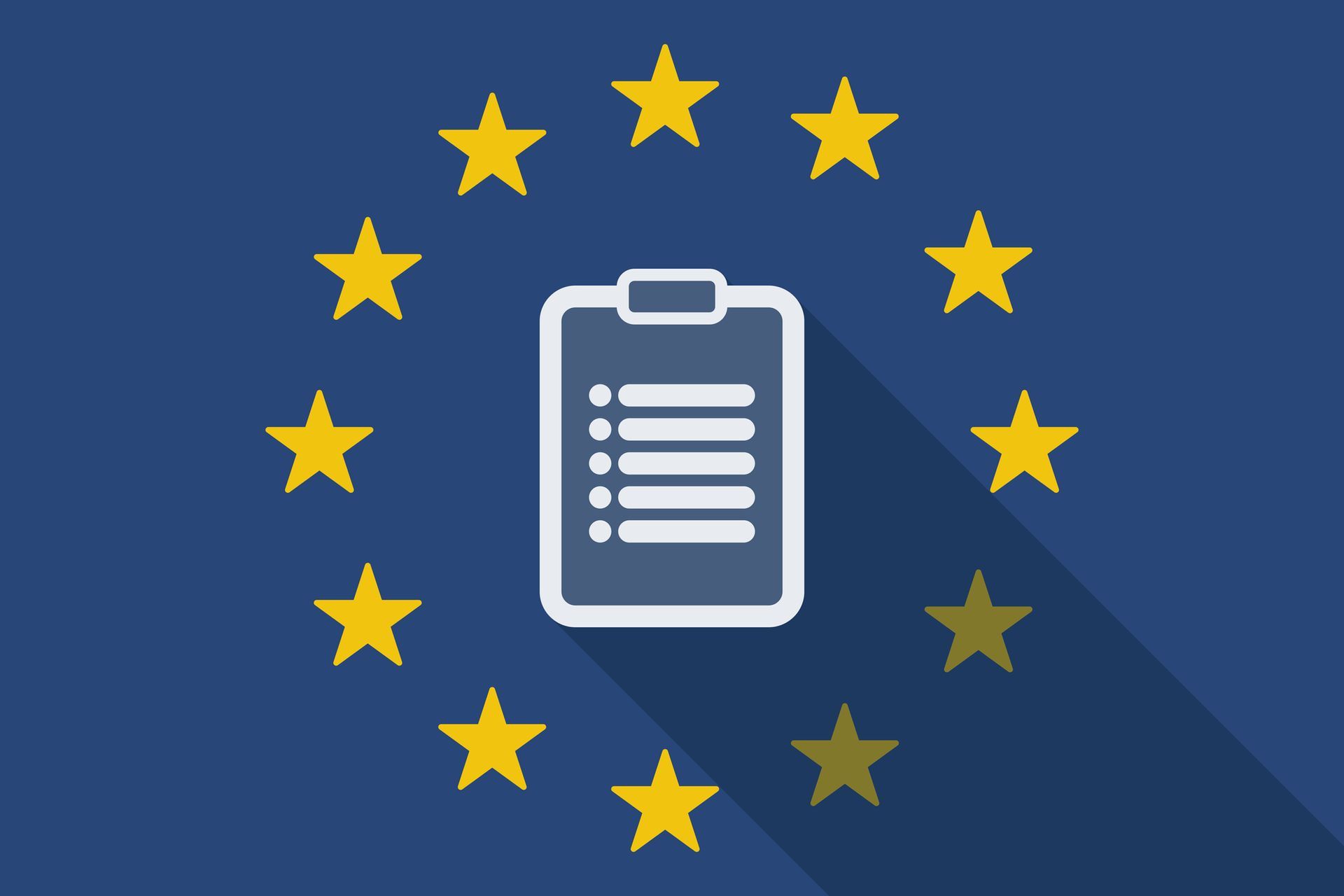The end of the Triman?
envenance on compliance.
On November 14, 2024, the EU Commission initiated an infringement procedure against the French regulator regarding the mandatory labeling of products subject to extended producer responsibility. The Commission considers the mandatory requirement for labeling with the Triman logo to be a barrier to market entry. (Source: https://ec.europa.eu/commission/presscorner/detail/en/inf_24_5223). A similar move was made on February 15, 2023. (Source: https://ec.europa.eu/commission/presscorner/detail/en/inf_23_525).
This initiative by the EU Commission is connected to the upcoming introduction of the new EU Packaging Regulation (Packaging and Packaging Waste Regulation, PPWR) (Source: https://www.europarl.europa.eu/doceo/document/TA-9-2024-0318_DE.html#title2). Article 12 of the Packaging Regulation mandates the labeling of sales packaging according to its material composition in order to help consumers sort it (sorting instructions). Because the regulation will directly apply in EU member states without needing to be transposed into national laws such as Directives, a mandatory labeling requirement with other symbols (that only apply in specific countries but cover the same subject) contradicts the nature and intention of the regulation.
What is the background?
The current Packaging Directive 94/62/EC originally did not require mandatory labeling of packaging. It only provided recommendations for labeling according to material types, which were detailed in Commission Decision 97/129/EC (Source: https://eur-lex.europa.eu/legal-content/DE/ALL/?uri=CELEX%3A31997D0129). However, those were voluntary but had been made mandatory by some member states over time. These so-called alpha-numerical material codes were intended mainly for use by sorting plants and waste treatment companies in order to facilitate recycling. The Packaging Directive did not require labels that were aimed at end consumers as packaging waste producers. A first label in this regard was introduced in Germany in 1991 with the "Green Dot," which was - and still is - a registered trademark of the Dual System operator in Germany. It was used to signal to German consumers the need to separate packaging waste —based on a mandatory waste container and collection systems. The Green Dot was then introduced with few exeptions in all European EU member states (including the UK at the time), but it was mandatory only in countries like Greece, Spain, Cyprus - and France (in the meanwhile the marking with the Green Dot is no longer mandatory in any country).
It was only the European Union's Green Deal (Source: https://commission.europa.eu/strategy-and-policy/priorities-2019-2024/european-green-deal_en) that made consumer behavior education a central element of the transition to a circular economy. Waste packaging accounts for 19% of the total annual waste volume in the European Union. In 2021, 84 million tons of packaging waste were generated, nearly half of which came from private households (Source: https://www.umweltbundesamt.de/daten/ressourcen-abfall/verwertung-entsorgung-ausgewaehlter-abfallarten/verpackungsabfaelle#anspruchsvollere-verwertungsvorgaben-durch-das-verpackungsgesetz). An early separation of packaging waste material fractions, just as well as separating wet from dry packaging waste, directly influences the achievable recycling quality. Therefore, consumer behavior in disposing of packaging waste plays a crucial role and so does the consumer education in this sense.
France has taken a step in that direction with the AGEC Law, which made labeling with sorting instructions mandatory for all waste streams covered by this law—including packaging (Source: https://www.envenance-global.com/what-is-the-french-agec-legislation). The development of a corresponding graphic labeling system was assigned to take-back systems for electrical and electronic equipment, batteries, and packaging (Source: https://www.citeo.com/le-mag/une-nouvelle-info-tri-harmonisee-pour-faciliter-le-geste-de-tri-des-emballages-et-papiers). The result of this development was the Triman marking which has become mandatory for all affected companies in France. The Triman marking layout is designed to raise consumer awareness by using simple designs, such as pictograms, to educate on waste sorting. The author may add that this anticipates point 64 of the rationale of the Packaging Regulation (see: https://www.europarl.europa.eu/doceo/document/TA-9-2024-0318_DE.html#title1) and thus is actually in line with the intention of the Packaging Regulation.
On February 15, 2023, the EU Commission filed an objection (https://ec.europa.eu/commission/presscorner/detail/en/inf_23_525), stating that this national requirement constitutes a barrier to market entry, hindering free movement within the EU internal market. While the Commission's resistance was expected — and the critique of it as a market barrier is understandable — companies in the French market did not boycott the mandatory labeling but instead implemented it extensively. The author notes from personal experience that practically every packaged product used in a French household now bears the Triman logo—from croissant bags to laundry detergent, from mineral water bottles to high-end electronics, with only a few exceptions like occasional Chanel perfume bags.
Meanwhile, Italy introduced similar sorting instructions for packaging to be disposed of by consumers, and Spain and Portugal will follow in January 2025. These three countries are less strict about the design of these sorting instructions than France, offering flexibility as long as the goal of educating consumers on which materials to dispose of in which bin is met. Additionally, there are voluntary sorting labels in Belgium and a voluntary but yet well established Scandinavian labeling system.
How to deal with the current maze of labelling requirements?
Companies, especially those with products outside of high volume consumer goods, are generally keen to include the mandatory sorting instructions on their packaging. However, due to space limitations, they often seek solutions to meet different regulatory requirements within the available space on their packaging. An internationalized Triman variant—where the French Triman design is supplemented with country codes (e.g., IT for Italy) — is an option that is being used by several companies, such as those in the food or textile industry. Is this approach wrong?
Given the upcoming introduction of the Packaging Regulation and the pending EU Commission procedure, it is clear that:
- the Packaging Regulation requires uniform labeling of packaging with sorting instructions (Article 12 of the Packaging Regulation).
- due to the nature of the regulation, it is unacceptable for any member state to refuse to accept the European labeling or to mandate a purely national solution.
- there are indications of a preference for the Scandinavian labeling system in the accompanying implementation act
The current status of the approval process suggests that the Packaging Regulation could come into force in mid-2026 (Source: https://www.produktkanzlei.com/2024/11/04/eu-verpackungsverordnung-steht-kurz-vor-finaler-beschlussfassung/). Transition periods, including for packaging labeling, are applicable (see Article 12 of the Packaging Regulation).
After the transition period will end, uniform EU sorting instructions for packaging will likely apply. Just as France can already not refuse to accept the crossed-out bin symbol on electrical and electronic equipment if it is valid in other countries, France would also have to accept packaging labeled with EU-wide sorting instructions if this packaging is marketed also outside France. In an international economic space like the French market, this would initially lead to dual labeling, but eventually mark the end of the Triman, as the EU label would essentially replace the Triman itself, and companies would no longer need to use the Triman. A similar trend was observed a few years ago with the labeling of electrical and electronic devices.
Does the Triman have a future?
Unfortunately, it seems that the end of a well-thought-out, visually appealing, and widely implemented solution is imminent — one that already meets a central requirement of the Green Deal and the Packaging Regulation in the EU's second-largest market, with the potential for international application, possibly even beyond the EU —at least if the Triman must be replaced by another labeling system.
All affected companies using individual country layouts for sorting instructions or those opting for the internationalized Triman — will unfortunately have to prepare to revise their labeling in the future. If the Packaging Regulation comes into force in mid-2026, there will be time to adjust labels until at least 2028, thanks to the transition periods (see also: https://www.produktkanzlei.com/2024/11/04/eu-verpackungsverordnung-steht-kurz-vor-finaler-beschlussfassung/).




